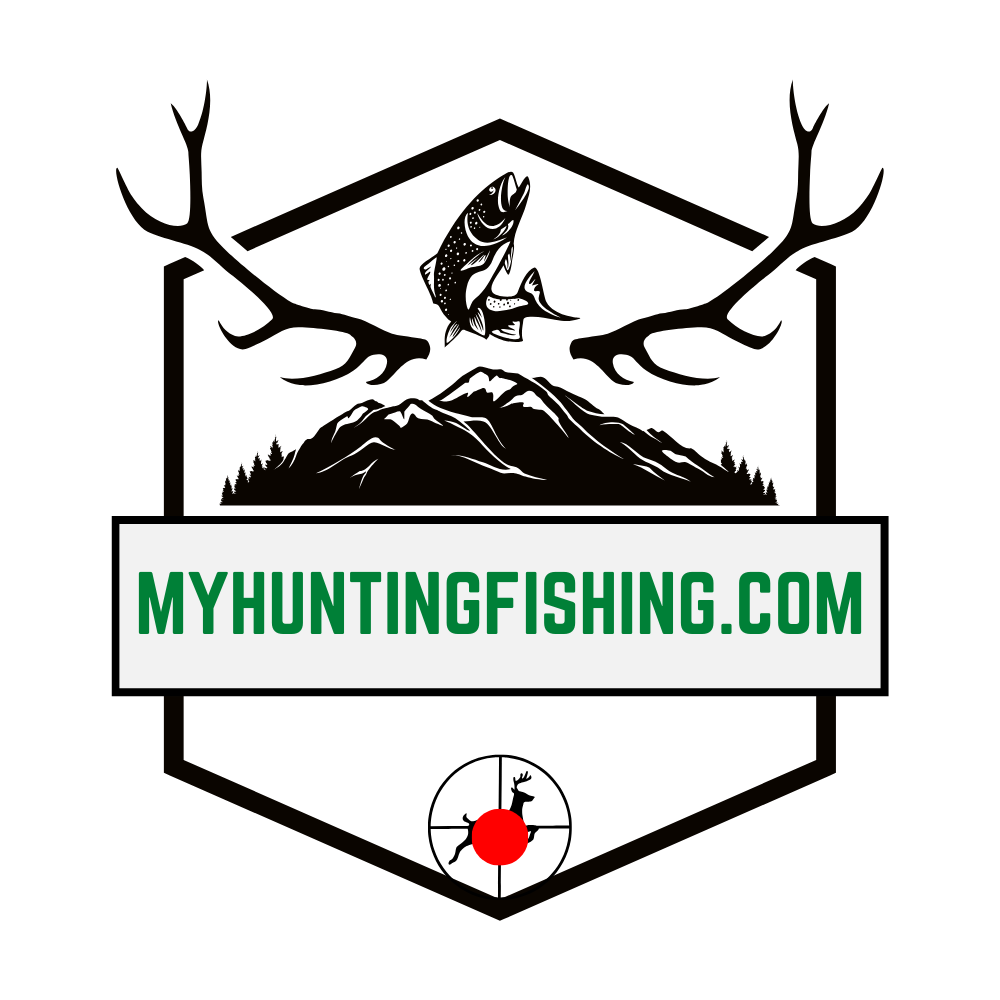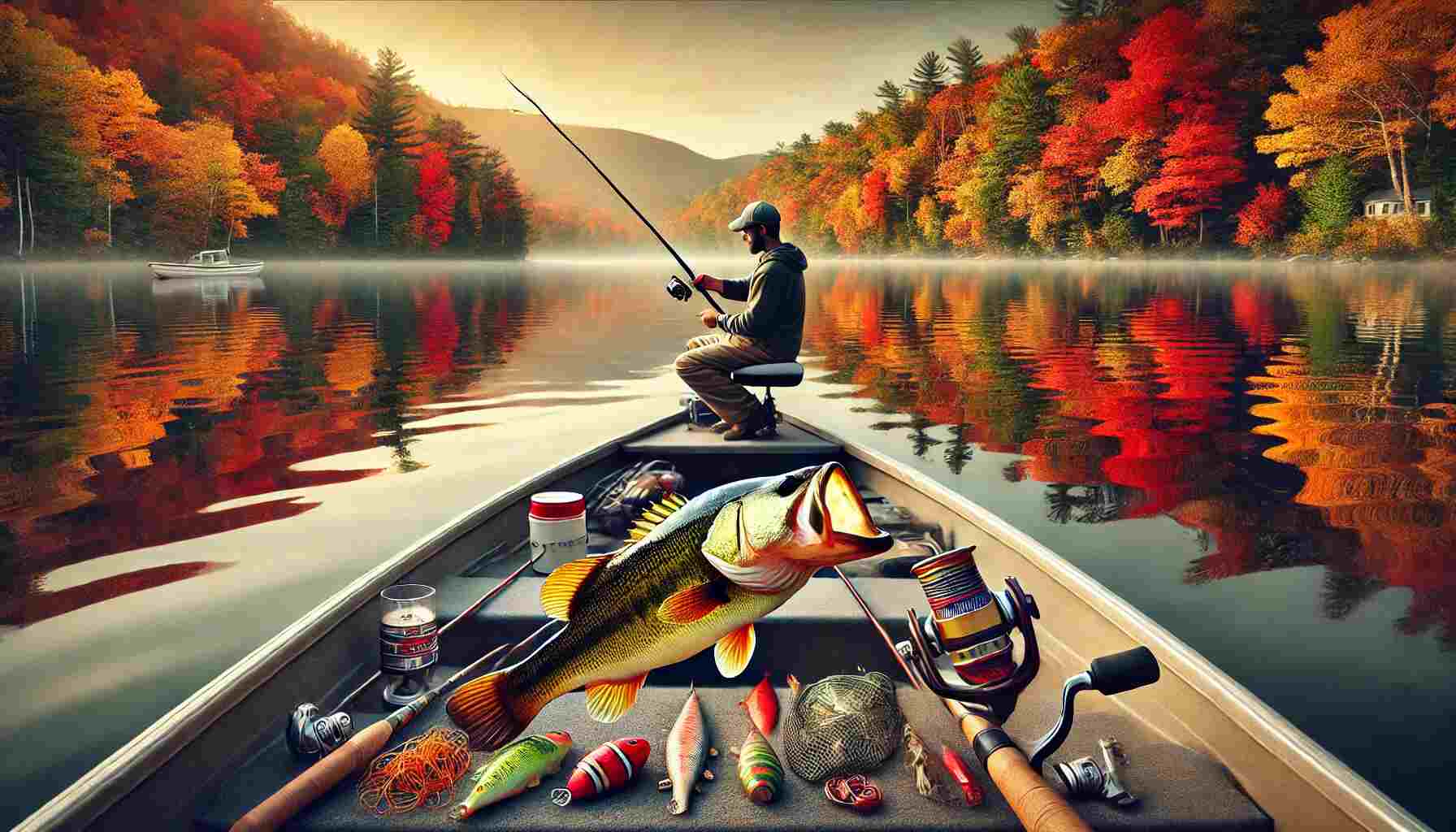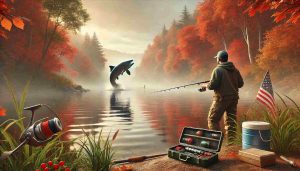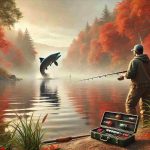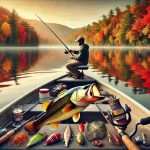As fall approaches, avid bass anglers eagerly prepare for a unique fishing experience. The cooler air, shorter days, and changing water temperatures create ideal conditions for targeting bass. However, understanding the nuances of autumn bass behavior is critical to success. Whether you’re a seasoned angler or a weekend warrior, these expert tips will help you maximize your catch and enjoy the thrill of fall fishing.
Table of Contents
Understanding Fall Bass Behavior
Bass are highly attuned to seasonal changes, making fall a prime time to target them. During this season, bass begins their pre-winter feeding frenzy, preparing for the colder months when their activity levels will slow down. As the water temperature dips, their metabolism remains high enough to keep them actively hunting for food, but their behavior shifts dramatically.
One primary reason fall is perfect for bass fishing is the abundance of baitfish, such as shad, minnows, and bluegill, now the ideal size for bass to gorge on. The key to successful fall bass fishing lies in understanding this transition and knowing where and how to target these predators.
Key Strategies for Fall Bass Fishing
1. Follow the Water Temperature
- Optimal Temperature Ranges: As water temperatures cool (usually between 55°F and 70°F), bass move from deeper summer haunts to shallower areas, actively seeking baitfish. The perfect temperature window for fall bass fishing is between 60°F and 65°F when they are most aggressive. A thermometer is a valuable tool to help track water temperature changes, as even a few degrees can influence where bass are holding.
- Midday Fishing Advantage: Sunlight becomes critical as the days grow shorter. During fall, the warmest part of the day is typically the afternoon, and bass tends to be more active. Plan your fishing trips around midday for maximum success, as the bass will take advantage of the slightly warmer water temperatures to hunt.
2. Find the Bait to Find the Bass
- Bass are opportunistic feeders; their primary focus is on baitfish during fall. Use your fish finder or observe the surface activity to locate large schools of shad, minnows, or bluegill. Diving birds, such as seagulls or terns, are also reliable indicators of the presence of baitfish.
- Pro Tip: When you find schools of baitfish, work the perimeter rather than casting directly into the bait ball. Bass are typically lurking on the edges, waiting to ambush prey.
3. Focus on Transition Zones
- Bass will stage where deep water meets shallow flats, creek mouths, and submerged structures. These transition zones are prime feeding grounds during fall. Areas like points, ledges, and humps create natural bottlenecks for baitfish, which in turn attract hungry bass.
- Structure and Cover: Look for features such as submerged timber, docks, or rock piles, especially those near deeper water. These areas provide ambush spots and bass security, making them ideal fishing locations.
Best Baits and Lures for Fall Bass
Choosing the right lure for fall fishing is essential, as bass often feed aggressively but can become selective based on water conditions and available prey. Here’s a breakdown of the most effective baits for autumn bass fishing:
1. Jerkbaits
- When to Use: Jerkbaits are perfect for targeting suspended bass in both mid-depth and shallow waters. As bass are hunting baitfish, a slow, erratic jerkbait presentation mimics an injured baitfish, triggering a predatory response.
- Pro Tip: Use a jerk-pause-jerk cadence, adjusting the speed of the retrieve as needed. A longer pause in cooler water temperatures can be the key to enticing a bite.
2. Lipless Crankbaits
- When to Use: Lipless crankbaits excel at covering large areas quickly, making them an ideal search bait for locating active bass. They also create a lot of noise and vibration, mimicking the movements of shad.
- Pro Tip: When fishing over submerged vegetation, rip the crankbait through the tops of the grass, creating erratic movements that trigger reaction strikes from nearby bass.
3. Spinnerbaits
- When to Use: Spinnerbaits are versatile lures that work exceptionally well in the fall due to their ability to mimic both baitfish and provide flash and vibration. They’re perfect for fishing along weed edges, shallow flats, and near creek mouths.
- Pro Tip: Try slow-rolling a spinnerbait just above the bottom in cooler water. This presentation can provoke strikes from bass that are feeding on bottom-dwelling baitfish.
4. Topwater Frogs
- When to Use: Topwater action can be incredible in early fall, especially around weed mats and lily pads. Frogs provide a weedless option that bass find irresistible in the shallows.
- Pro Tip: Work the frog slowly in open water pockets, frequently pausing to imitate a struggling amphibian’s natural movements.
Where to Fish for Bass in the Fall
Fall bass tends to be highly mobile, so location plays a significant role in a successful day on the water. Here are a few prime locations to target:
1. Creek Channels and Mouths
- Bass frequently travel between deep and shallow water during fall, often using creek channels and mouths as highways. Focus on the areas where creeks enter the main body of water, as these spots are typically teeming with baitfish.
- Shallow Flats
- Shallow flats near deeper water are excellent fall fishing locations. During the early and mid-fall, bass will patrol these areas, particularly those with gravel or rocky bottoms, in search of food.
- Pro Tip: Start deeper in the mornings and gradually move shallower as the sun rises and warms the water.
2. Bridge Pilings and Riprap
- Bridges and riprap (rocky shorelines) are ideal for ambush-feeding bass. These structures provide cover and are often close to deeper water. Cast parallel to the structure and use lures like jigs, crankbaits, or jerkbaits to work the area thoroughly.
Final Thoughts
Fall bass fishing offers an exciting challenge for anglers willing to adapt to changing conditions. By focusing on water temperature, locating baitfish, and targeting transition zones, you’ll be well-equipped to outfish your competition. Don’t forget to experiment with different lure presentations, and most importantly, enjoy the beauty and solitude that autumn fishing provides.
The next time you hit the water, armed with these expert tips, you’ll have a better chance of landing that trophy bass and making the most of the fall fishing season.
